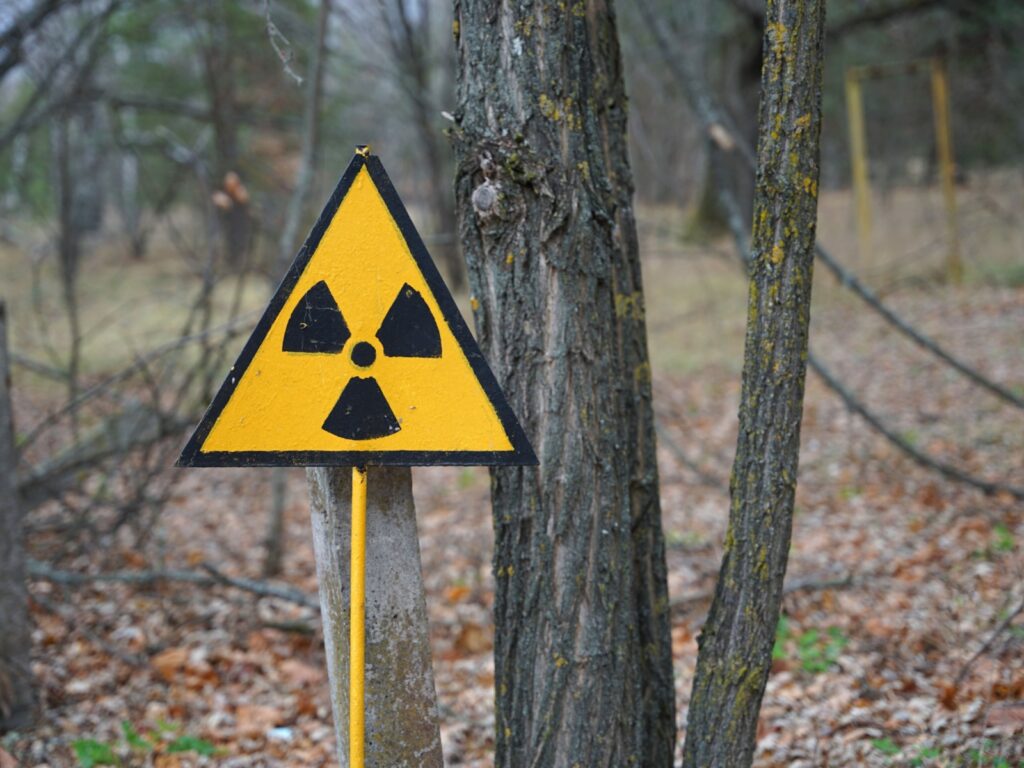The Chernobyl disaster left an uninhabitable zone for humans, but nature had other plans. In the absence of people, wildlife has reclaimed the area, turning it into an unexpected haven. Let’s explore some of the amazing animals that now call this radiation-filled landscape home.
Gray Wolves
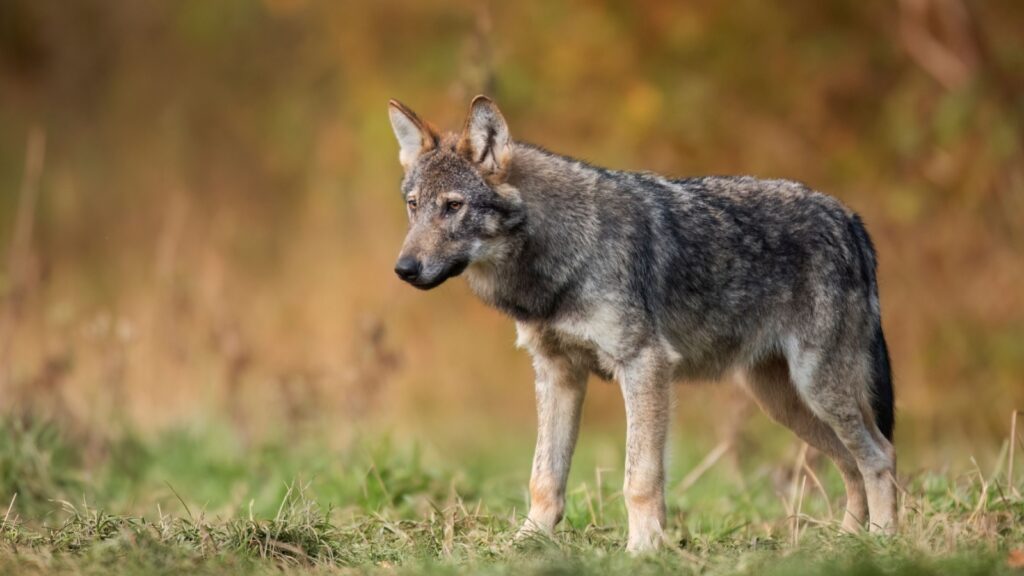
Gray wolves have made a remarkable comeback in the Chernobyl Exclusion Zone. With humans gone, these predators have found a perfect habitat. Their numbers in the zone are now seven times higher than in nearby reserves. Wolves roam freely, hunting deer and wild boar that have also flourished in the area.
European Bison
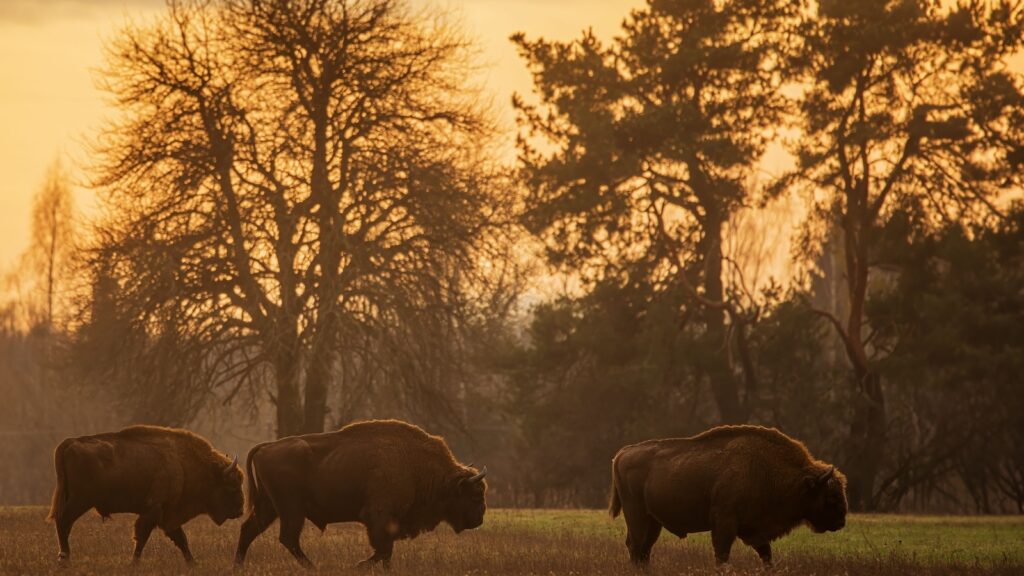
The European bison, once on the brink of extinction, now grazes peacefully in Chernobyl’s forests. These massive herbivores were reintroduced to the area in the 1990s. They’ve since established a growing population, benefiting from the lack of human interference. The bison’s presence helps maintain the ecosystem by managing vegetation growth.
Przewalski’s Horses
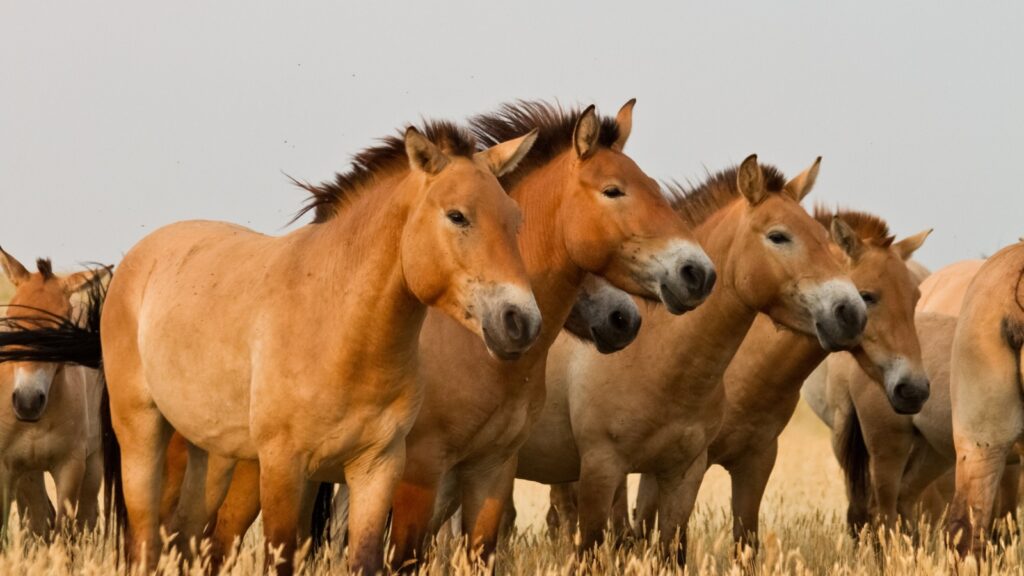
Przewalski’s horses, the last truly wild horses on Earth, have found refuge in Chernobyl. These rare equines were released into the zone as part of a conservation effort. They’ve adapted well to the environment, forming stable herds and helping to manage the grasslands. Their survival in Chernobyl offers hope for the species’ future.
Eurasian Lynx
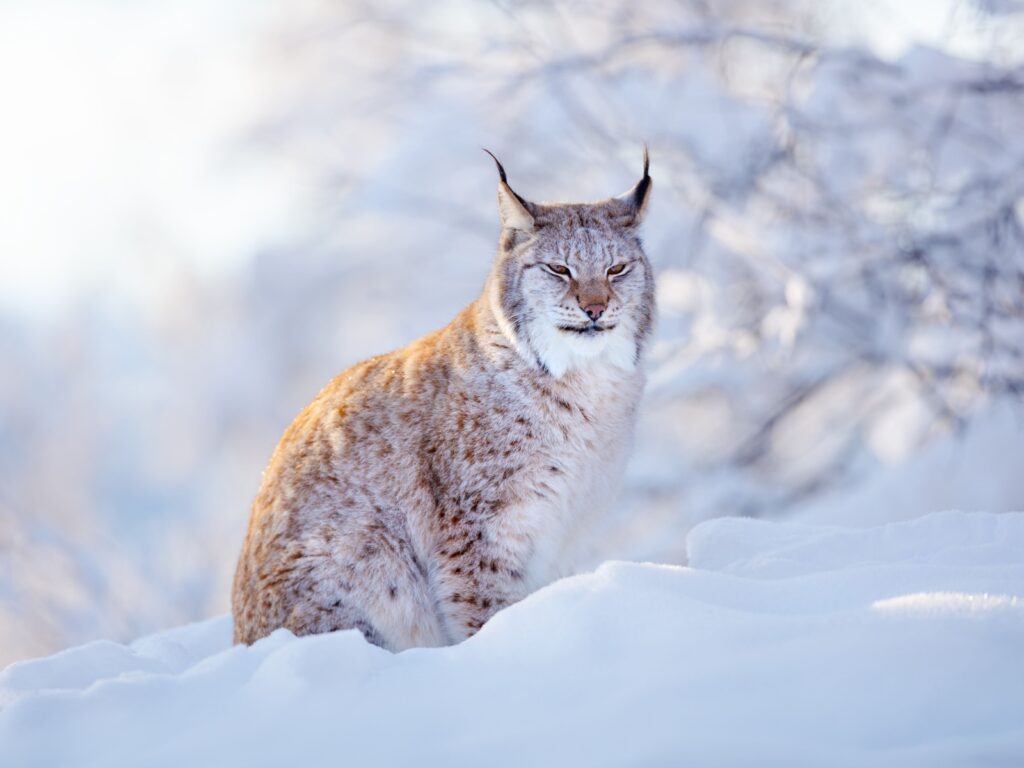
The elusive Eurasian lynx has returned to the forests of Chernobyl. These medium-sized wildcats thrive in the absence of human activity. They hunt small to medium-sized prey, helping to control populations of animals like rabbits and deer. The lynx’s presence indicates a healthy, functioning ecosystem in the zone.
Wild Boar
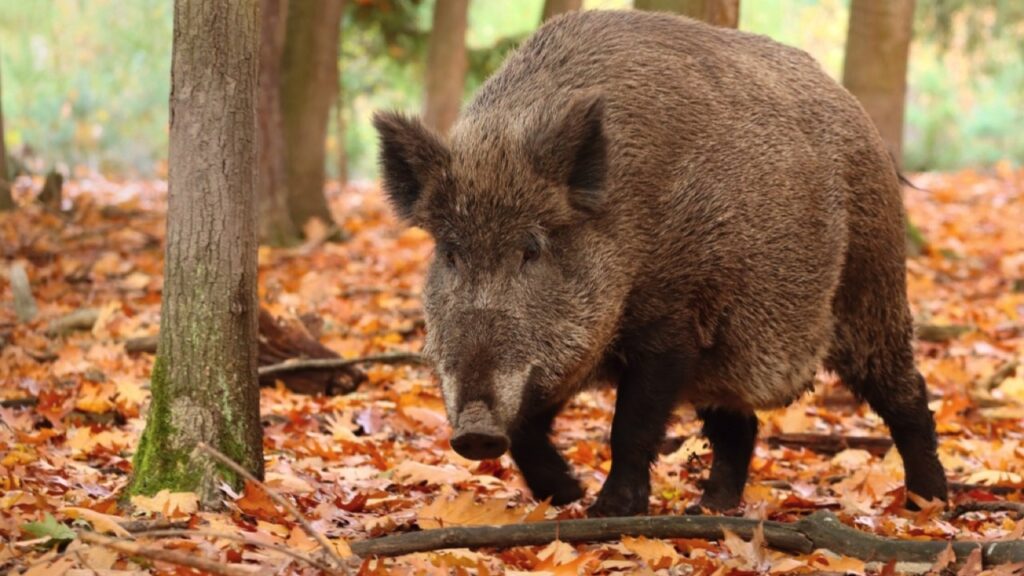
Wild boar populations have exploded in the Chernobyl Exclusion Zone. These hardy animals adapt easily to various environments. They root through the forest floor, helping to turn over soil and spread seeds. While they show higher levels of radiation than other animals, it doesn’t seem to affect their ability to thrive.
Eurasian Beaver
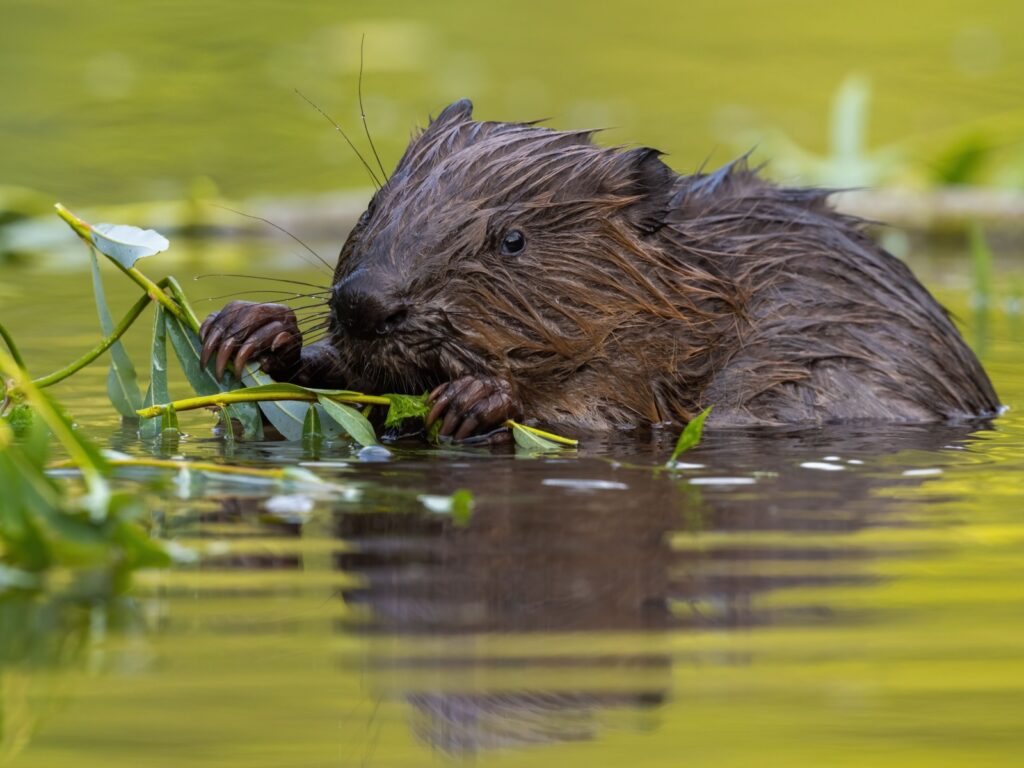
Beavers have made a strong comeback in Chernobyl’s waterways. These industrious rodents build dams and lodges, creating wetland habitats for other species. Their activities help purify water and create diverse ecosystems. The beavers’ return has significantly altered the landscape, proving nature’s resilience.
Brown Bears
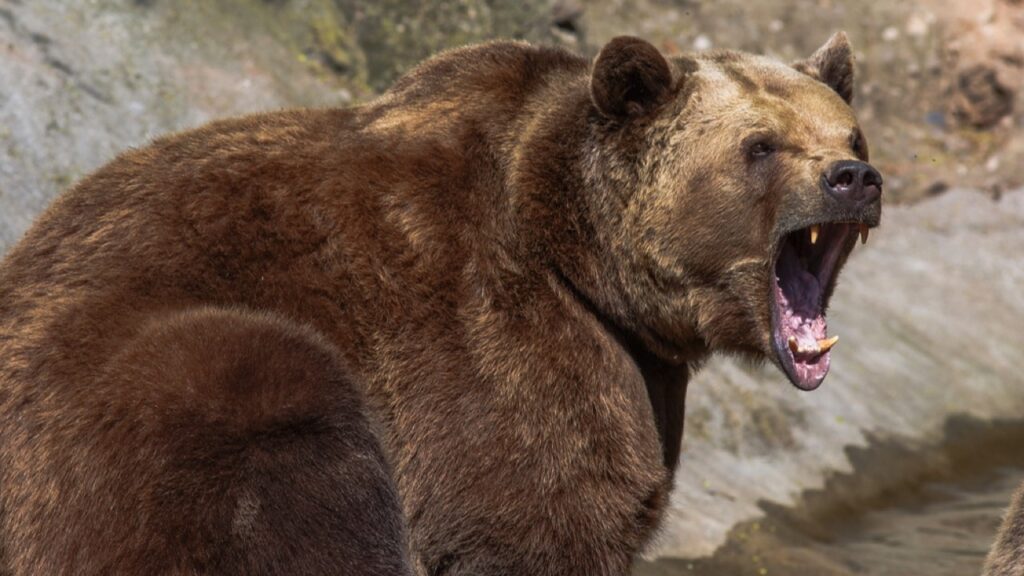
Brown bears, absent from the region for decades, have returned to Chernobyl. These large omnivores find plenty of food in the zone’s abundant forests. Their presence indicates a rich, diverse ecosystem capable of supporting top predators. Bears play a crucial role in seed dispersal and controlling prey populations.
Moose
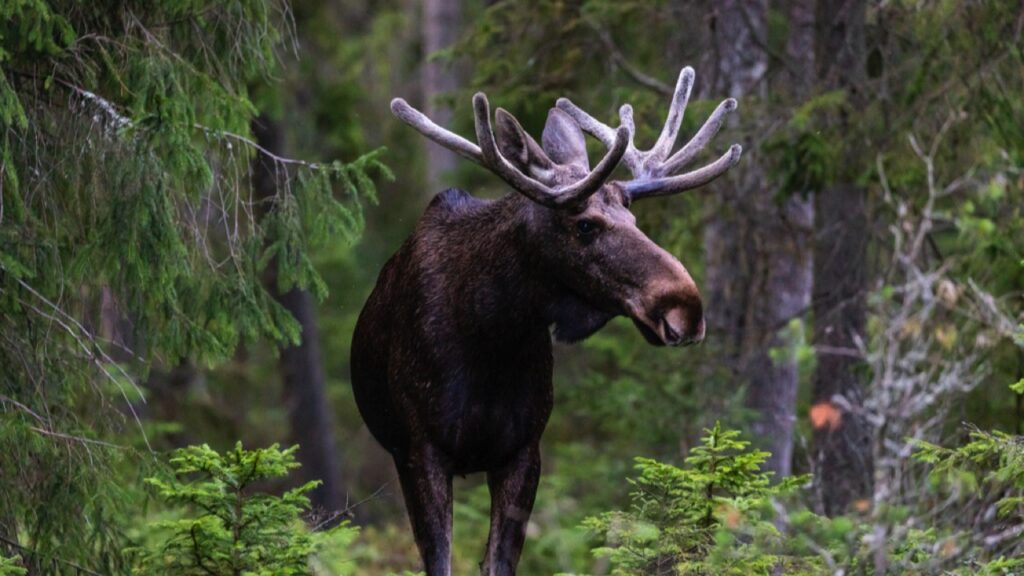
Moose populations have flourished in the Chernobyl Exclusion Zone. These large, antlered mammals enjoy the zone’s mix of forests and wetlands. They browse on vegetation, helping to shape the landscape. Moose in Chernobyl appear to be healthier than those in other areas, possibly due to reduced human pressure.
Red Fox
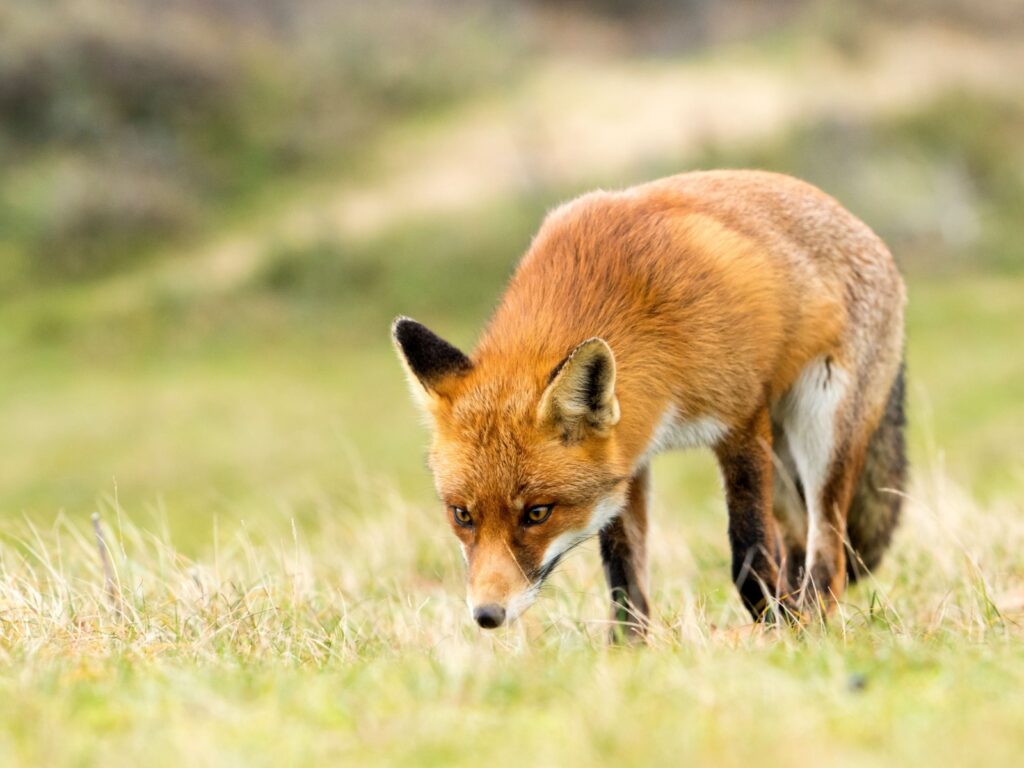
Red foxes have adapted remarkably well to life in the Chernobyl zone. These clever canines are often seen exploring abandoned buildings and overgrown fields. They hunt small mammals and birds, helping to control their populations. Foxes in the zone show no fear of humans, highlighting how wildlife behavior changes without human presence.
White-Tailed Eagle
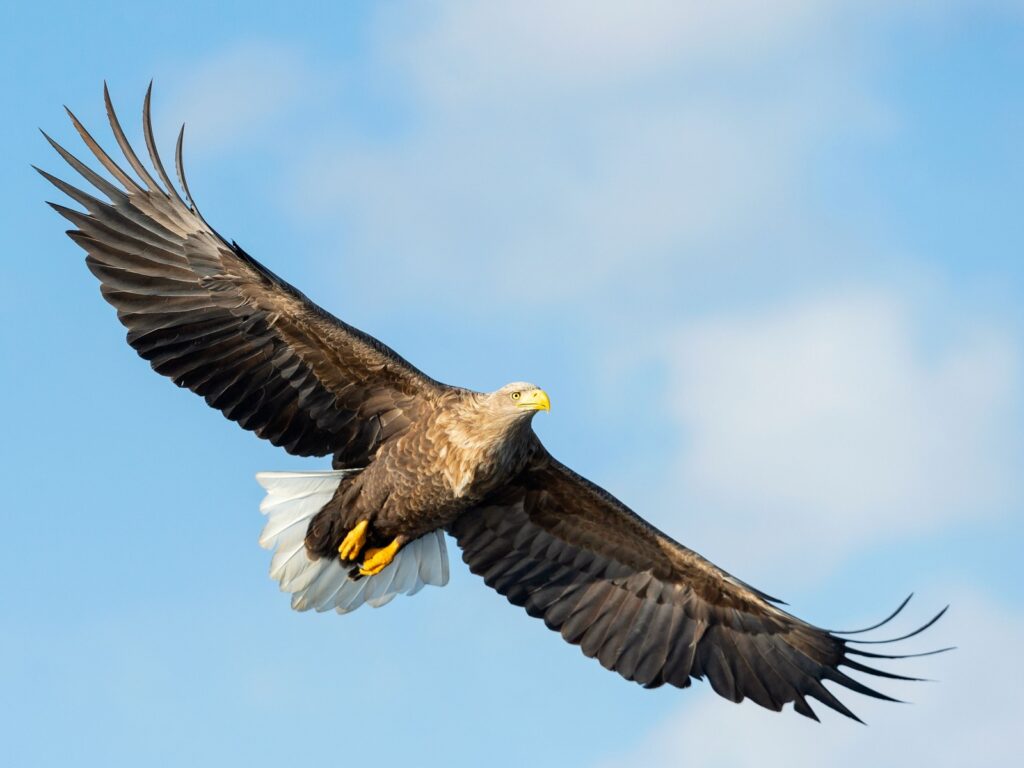
The white-tailed eagle, Europe’s largest bird of prey, now nests in Chernobyl’s forests. These majestic birds feed on fish from the zone’s rivers and lakes. Their presence indicates a healthy aquatic ecosystem. The eagles’ return to Chernobyl is a positive sign for conservation efforts across Europe.
Eurasian Elk
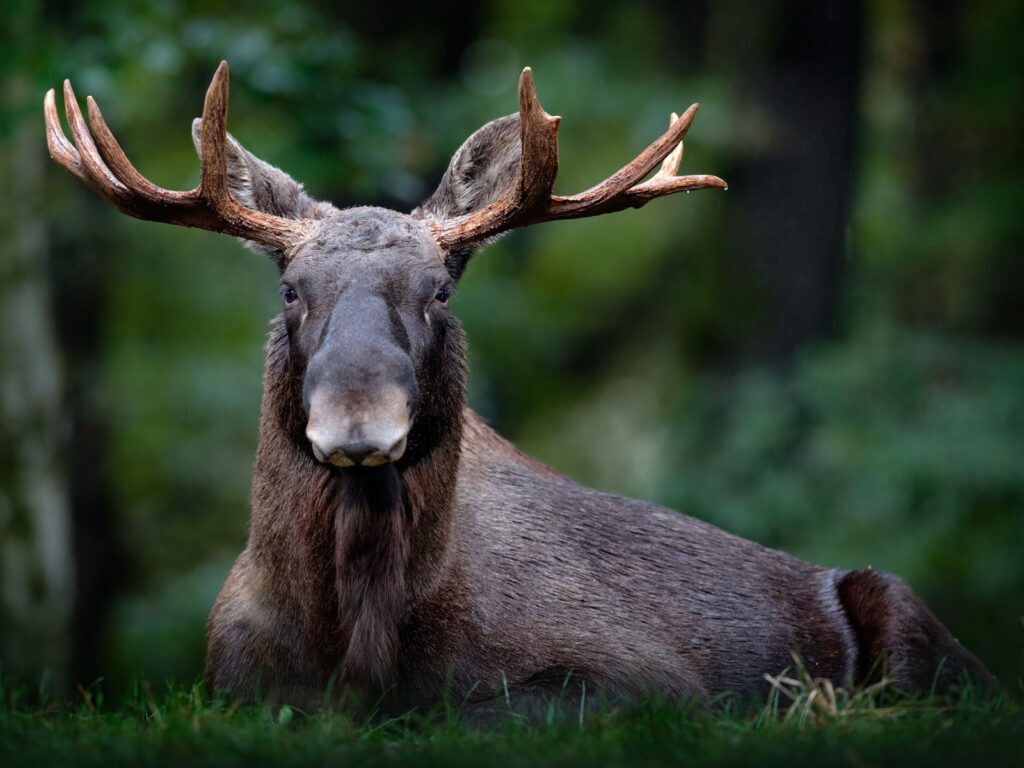
Eurasian elk, also known as moose in North America, thrive in Chernobyl’s forests and wetlands. These large deer feed on aquatic plants and tree bark. Their population in the zone has grown significantly since the disaster. Elk play a crucial role in shaping forest structure through their browsing habits.
European Badger
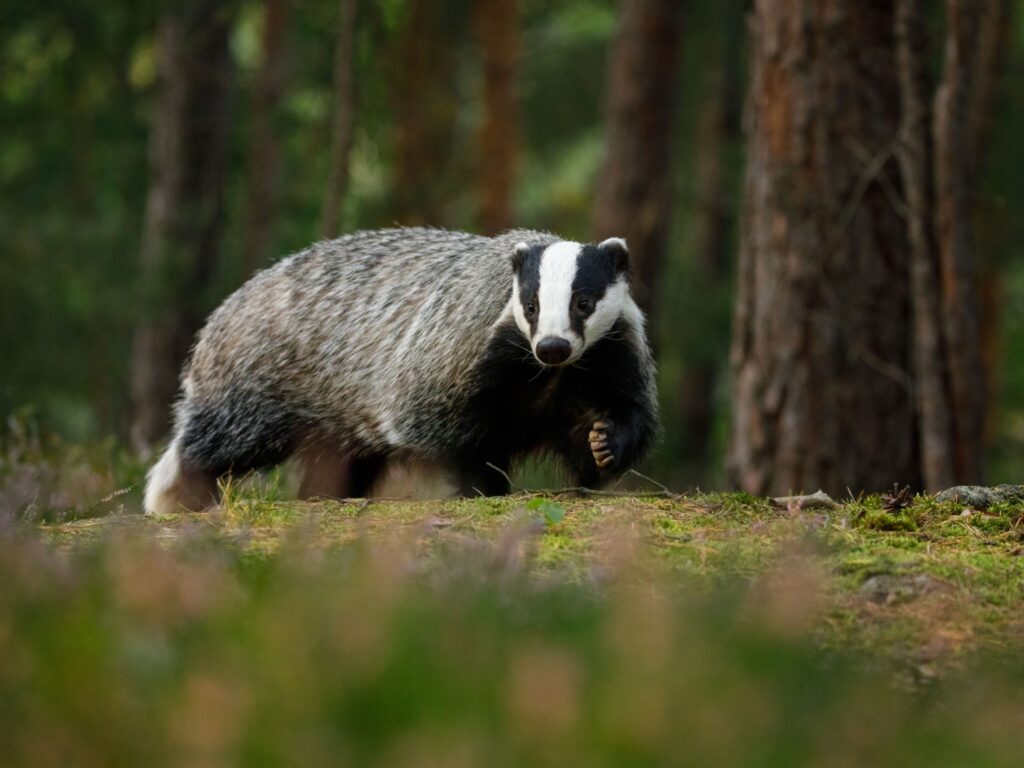
European badgers have found a safe haven in Chernobyl’s abandoned areas. These striped mammals dig extensive burrow systems, creating homes for other animals too. They feed on a variety of foods, from earthworms to small mammals. Badgers in the zone appear to be thriving, showcasing nature’s ability to reclaim disturbed areas.
Becky is a fervent wildlife enthusiast and pet care expert with a diploma in canine nutrition. Her love for animals stretches beyond the domestic, embracing the wild tapestry of global fauna. With over a decade of experience in animal welfare, Becky lends her expertise to OutlandishOwl through insightful articles, captivating wildlife information, and invaluable guidance on pet nutrition. Her work embodies a deep commitment to understanding the intricate lives of animals and a passion for educating others on sustaining natural habitats. Becky's hands-on conservation efforts and her knack for translating complex dietary science into practical pet feeding tips make her an indispensable voice for creatures great and small.

